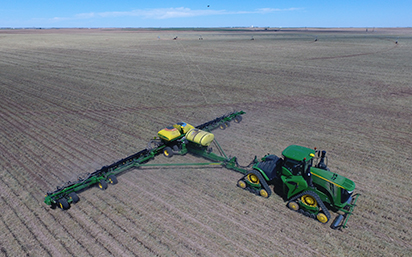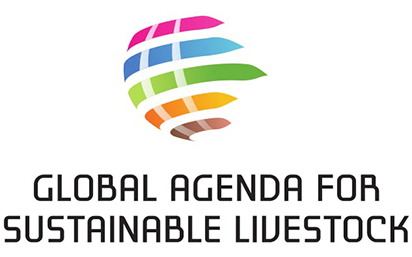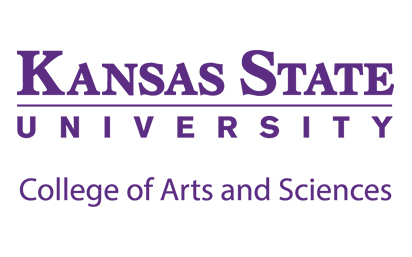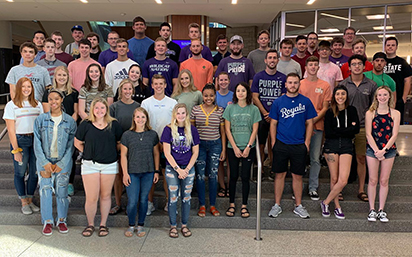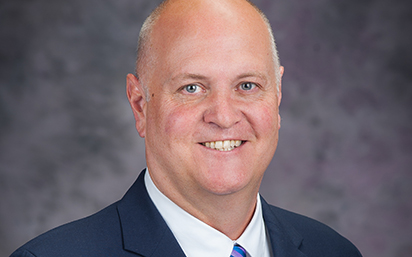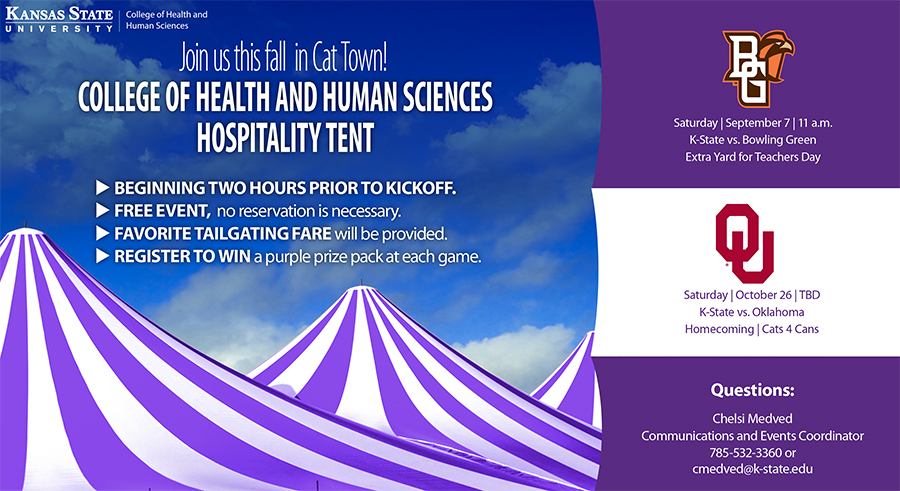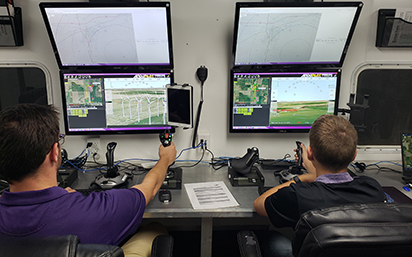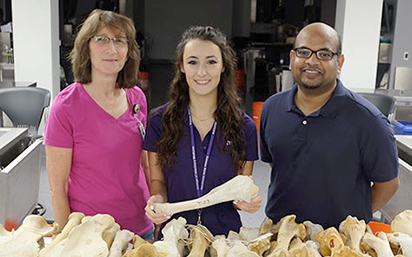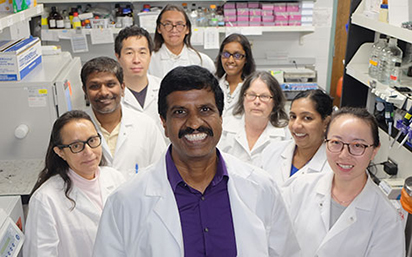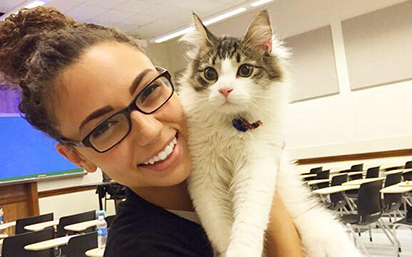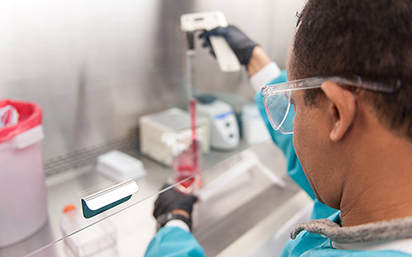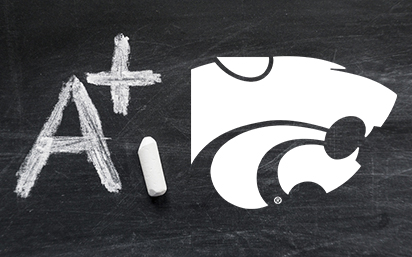
K-State celebrates top rankings
If we could give Kansas State University a report card, we’d give it an A+!
And it’s not just us — in the past year, K-State has received a number of top rankings
from various organizations. Here are some of the stats that make us proud to be Wildcats!
📝 Best educational value in state
K-State graduates continue to earn the highest average starting salary among new college
graduates in Kansas, helping the university top a national study of the best educational
values in the state for the fifth year in a row.
The study by SmartAsset, a financial technology company, determined the best educational
values based on tuition, living costs, average scholarships and grants, starting salary
upon graduation and retention rates at 10 schools in Kansas, with K-State coming in
first.
The study found that new K-State graduates are earning the highest average starting
salary: $51,600, which is up $1,600 from last year’s state-leading starting salary
of $50,000. The university also is best in student retention at 84%.
“Studies show that college graduates earn, on average, $1 million more than high school
graduates over their lifetimes,” said Emily Lehning ’98, ’00, ’08, interim vice provost
for enrollment management. “When you invest in a K-State education, we invest in you.
We award more than $248 million in financial aid annually, including $38 million in
scholarships and awards, and we offer more than 250 majors and options — taught by
award-winning faculty — so you can find the career you want.”
📝 No. 2 on list of best public universities
Learn.org, a highly visited website that has been helping millions of students find degree
options, scholarships and more, rates K-State as No. 2 in the nation on its 2019 list of best public schools. K-State is the highest-rated school in the Big 12 Conference and the state of Kansas
on the list.
To compile its list, Learn.org considered hundreds of public universities across the country and selected K-State
based on academic and career resources, the quality of education, faculty and more.
In its write-up for K-State’s high placement, Learn.org cited the number of degree options offered by the university, calling it an “impressive
array of programs.” The university offers more than 250 undergraduate options and
more than 150 graduate degrees and certificates.
Learn.org also highlighted the university’s reputation for graduating students ready to hit
the workforce, as evidenced by the high percentage — now at 96% — of K-State students
who are employed or continuing their education six months after graduating.
📝 Top marks from The Princeton Review
According to The Princeton Review, K-State is a great place to be.
The Princeton Review, a college admission services company, recently released The Best 385 Colleges: 2020 Edition, which includes several high rankings for K-State:
#2 Town-Gown Relations are Great
#2 Best Health Services
#2 Best Quality of Life
#3 Happiest Students
#7 Best-Run Colleges
#7 Best Athletic Facilities
“Kansas State is a large institution, but despite its size, the university manages
to feel ‘very personable and really [focused] on the student,’ offering a ‘welcoming
environment and atmosphere,’” the website states.

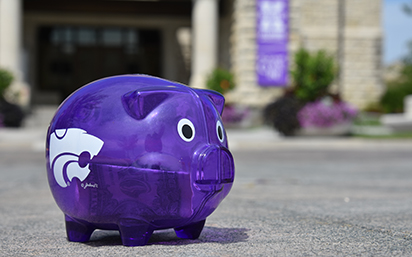
 Powercat Financial can serve as a bridge between students’ goals and their eventual
success.
Powercat Financial can serve as a bridge between students’ goals and their eventual
success. Kaus invites alumni to come and visit Powercat Financial in the K-State Student Union
the next time they’re on campus, and she also encourages them to help spread the word
about this unique service.
Kaus invites alumni to come and visit Powercat Financial in the K-State Student Union
the next time they’re on campus, and she also encourages them to help spread the word
about this unique service.
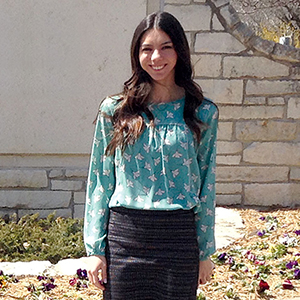 Orange. Grape. Lemon. Strawberry. Consumers know how these flavors are supposed to
taste — but don’t realize how much work goes into creating them.
Orange. Grape. Lemon. Strawberry. Consumers know how these flavors are supposed to
taste — but don’t realize how much work goes into creating them.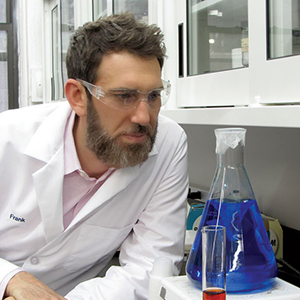 Have you ever taken a bite of food and the flavor was so familiar, you were instantly
transported back to a magical moment from childhood? Frank Farello loves to create
those moments with chemistry.
Have you ever taken a bite of food and the flavor was so familiar, you were instantly
transported back to a magical moment from childhood? Frank Farello loves to create
those moments with chemistry.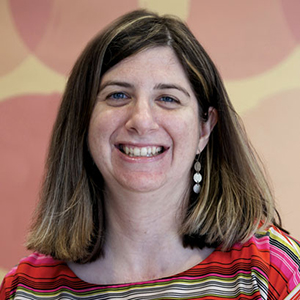 Working the day away in a chocolate factory is a mouth-watering dream for most. But
for Heather Arentz, chocolate product development is a sweet reality.
Working the day away in a chocolate factory is a mouth-watering dream for most. But
for Heather Arentz, chocolate product development is a sweet reality.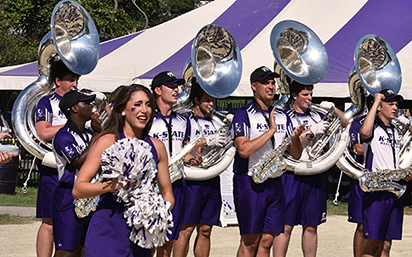
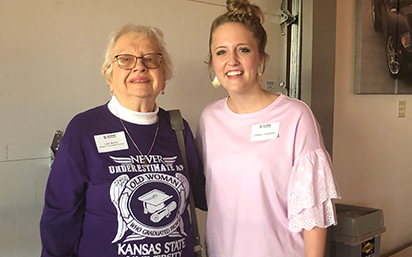
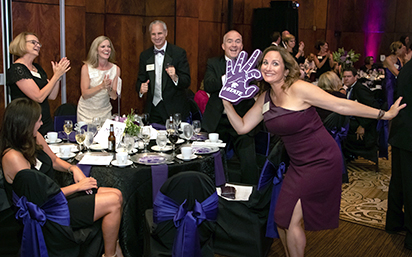

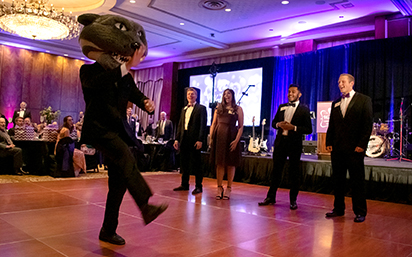
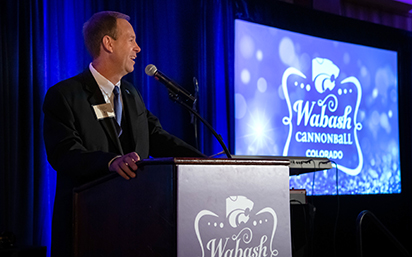
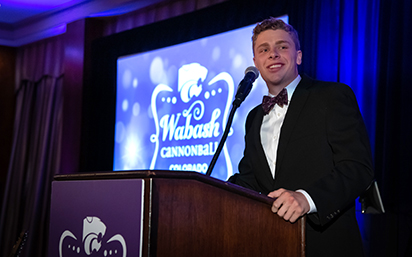
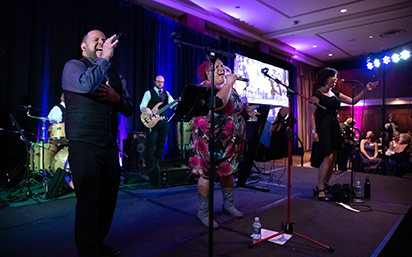
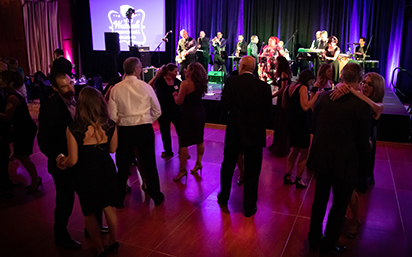
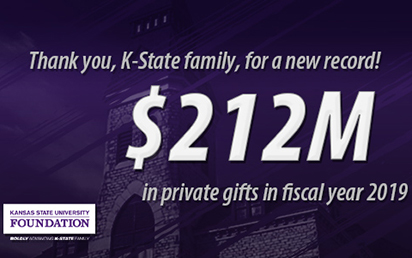
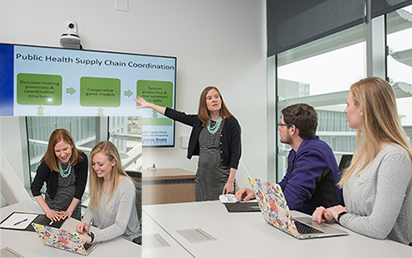 When you hear that someone has earned an industrial engineering degree, most people
do not think that humanitarian efforts can be tied to it. For Keystone Research Faculty
Scholar recipient and associate professor Jessica Heier Stamm ’04, her passion has
become making the connection of industrial engineering and humanitarian efforts a
reality.
When you hear that someone has earned an industrial engineering degree, most people
do not think that humanitarian efforts can be tied to it. For Keystone Research Faculty
Scholar recipient and associate professor Jessica Heier Stamm ’04, her passion has
become making the connection of industrial engineering and humanitarian efforts a
reality.

